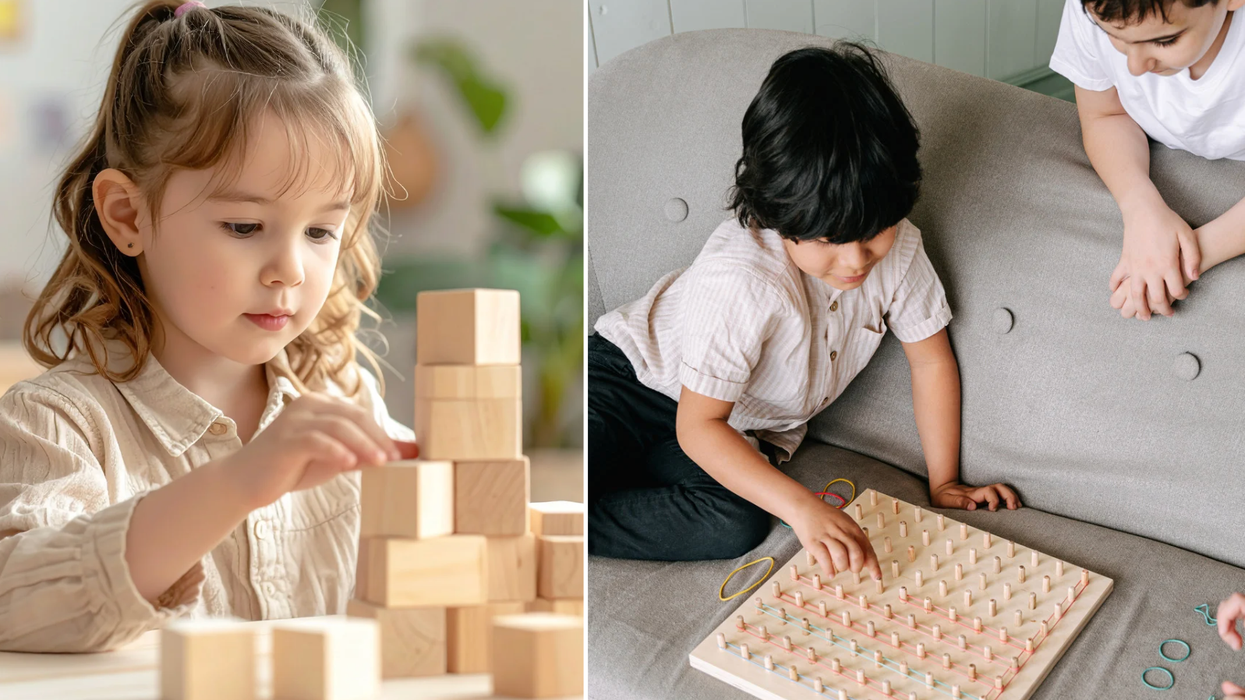Creating connections among young people, educators, and communities is the life’s work of National Youth Leadership Council founder, president and CEO, Dr. Jim Kielsmeier. He’s spent the past 25 years advocating a progressive education approach called service-learning—a way of engaging young people in hands-on, curriculum-based experiential learning. The method is transforming today’s students from passive recipients of disconnected knowledge into problem solving, critical-thinking members of a democracy. We connected with Dr. Kielsmeier to learn more about how service-learning is revolutionizing education.
GOOD: What’s the difference between kids doing community service or volunteer work and service-learning?
JIM KIELSMEIER: The difference is the intentional link of the service experience to the curriculum. For example, if there’s a way of involving students in reforestation, planting or monitoring air or water quality, what they’re doing is not only having a significant impact on the community by making a contribution, but in the case of environmental experiences, it’s tied back to the science curriculum.
The other thing is that service-learning isn’t episodic. It’s not a one-time park clean-up effort. It’s an ongoing activity that has greater impact because of the duration. It calls on young people to have important decision-making roles in determining what service they’re invested in.
G: What are some examples of service-learning projects?
JK: Along the Mississippi River Watershed there are students doing regular water sampling that’s sent to the Fish and Wildlife Service in Carbondale, Illinois. They look for indicators of pollutants. While these young people are monitoring and doing the analysis, they become stewards of the environment, not just observers of the environment.
There’s an intentional level of investment on the part of young people because they’re actually changing their role and they take on a new relationship with the community. That brings an incredible motivational dimension. I change from becoming a student to becoming a scientist. I change into someone who’s actually doing something about the environment.
Another example—as young people interview their elders as a service and record their life story, the activity becomes service-learning as that life story is built into a living history document. You can see examples of this from single interviews to whole classes interviewing whole communities and publishing books. As students record interviews, edit transcripts, and move content to some form of written documentation, they are moving through the language arts curriculum.
G: Service-learning seems to really engage kids and make lessons tangible and real. Why doesn’t it happen in more schools?
JK: Many teachers aren’t able to make the leap into a new way of teaching. The other thing is it’s hard. Sure, there can be a way of standardizing things so that it becomes less demanding on the teacher, but it’s not a one-size-fits-all approach. It does require a lot of creativity on the part of educators.
G: How can service-learning change the dropout rate?
JK: Research shows that young people are trending toward dropping out of school because they’re under-engaged and don’t see meaning and purpose in what they’re studying. Too much of education is around getting young people to think their way into new ways of practice. Service-learning asks young people to practice their way into new ways thinking. It asks them, “You’ve made a contribution, what does that mean about you?” They stay in school because they’re engaged on a deeper level.
G: Why does service-learning seem to have such a profound impact on students from low-income areas?
JK: There’s a particular resonance because of how young people absorb low-expectations. They easily become self-fulfilling prophecies. Service-learning is not remediation. It’s a leadership model. It says every child has something to contribute and every child is of worth and value. Also, service-learning broadens a student’s base of adult reference points and adults who know them in a different light. It brings them into contact with additional adults in the community who care about them and how they’re doing.
G: You started the Generator School Network to create a service-learning education commons. What kinds of resources do participating educators receive and how can new ones get involved?
JK: The GSN is a way for teachers to do both continuous improvement around service-learning best practices and be a part of a professional community that’s about presenting, sharing, and reinforcing good ideas about teaching and learning. To join, educators can sign up on the GSN website. We would like to see an entire school commitment to service-learning, but that doesn’t preclude the individual teacher’s involvement. Our vision is that this way of teaching will become as universal in its range as what the International Baccalaureate has become, so the more educators learn about the method, the better our students educational and life experiences will be.
This post originally appeared on www.refresheverything.com, as part of GOOD's collaboration with the Pepsi Refresh Project, a catalyst for world-changing ideas. Find out more about the Refresh campaign, or submit your own idea today.
This post originally appeared on www.refresheverything.com, as part of GOOD's collaboration with the Pepsi Refresh Project, a catalyst for world-changing ideas. Find out more about the Refresh campaign, or submit your own idea today.
















 Otis knew before they did.
Otis knew before they did.